Most of the questions people ask me are about SEO. Getting the #1 spot in Google is “sexy” in the marketing world.
I get it. I love seeing my domain in the top spot as well.
But SEO tactics have drowned out an extremely important part of selling online: copywriting.
According to Copyblogger, “copywriting is the art and science of strategically delivering words (whether written or spoken) that get people to take some form of action.”
Let’s go even deeper.
What is your end goal of getting someone to take action?
You’re trying to make a sale.
To put it bluntly: You’re using words to persuade someone to take money out of their pocket and put it in yours.
The mistake that could be killing your sales
Most marketers go about selling the wrong way.
They believe that their product or service is superior to the competition and that the customer will buy based on that fact.
They spew off facts, figures, and statistics about their product to customers and expect the sales to come rolling in.
You and I both know this rarely works.
It reads like a badly written catalog description. Often, these businesses wonder why they have terrible conversion rates despite pumping tons of cash into SEO campaigns.
The answer lies in the inability to make emotional connections with readers.
This article will teach you how to use psychology to pull the emotional levers in your customer’s mind that persuade them to buy.
People buy experiences, not products
Many companies incorrectly assume that customers buy based on a logical and linear process.
If we’re honest with ourselves, most of us do not really read the heavy facts that accompany the products we buy when we go into a store.
We instead choose products that make us feel good. It may be something small, like the color or packaging of a product.
It could also be based on the experiences that consumers associate with that product. In fact, Harvard Business School professor Gerald Zaltman says 95% of our purchasing decisions are made subconsciously.
This means that your decisions are mostly being made on an emotional level.
Great advertisers know this and try to make us connect to the product in a special way. That’s why we choose one product over others even if there are cheaper or better alternatives.
Psychology is about understanding people. If we understand people, then we can relate to them in our writing and other forms of expression and persuade them to take action.
The psychological triggers that will make people line up to give you money
One of the keys to solid copywriting on the web is writing for real people rather than writing for search engines.
I’m not putting down keyword research. I believe SEO fundamentals are crucial for getting organic traffic to your website.
However, keyword density should never detract from the quality and emotionality of your expression in the copy.
If you really want to boost your sales and get more customers with better copywriting, you need to learn the basics of persuasion and influence.
In the classic book Influence: The Psychology of Persuasion, Dr. Robert Cialdini lays the groundwork for what makes people say “yes.”
After 35 years of rigorous, evidence-based research and a three-year program of study on influence and persuasion, Cialdini has discovered the six universal principles for what persuades people to comply.
If you’ve studied copywriting or marketing before, you may be familiar with some of the concepts in the book. Most marketers brush these gems off to the side in favor of traffic hacks and SEO techniques.
These six levers of influence are some of the fundamentals of persuasion and great copywriting.
Cialdini mentions the six keys of influence as follows:
- Reciprocity
- Scarcity
- Authority
- Liking
- Consistency
- Consensus
These six principles are the key to understanding human behavior in a range of situations. You as a writer and marketer can use them effectively in your copy to reach your audience in a unique way.
They can also help you to predict how people will react to the content so that you can make appropriate adjustments.
This article goes beyond merely listing these principles. It explains to you how you can use them to attract, convince, persuade, and convert prospects or other traffic into paying customers using copywriting.
A step-by-step approach to making your copy more effective
Reciprocity
People feel obligated to give back to someone who’s given them something first.
If one of your friends gives you a gift for your birthday or invites you to a party, you’ll feel more inclined to do the same or give another favor to that person in the future.
People are much more likely to agree with someone if they feel like they owe them a favor.
Professor Phillip Kunz of Brigham Young University did a study where he sent out 600 Christmas cards to total strangers to see what would happen.
Over the next few weeks, Kunz got over 200 replies from the recipients. These letters even included long notes. Some were three pages long!
In another study completed in 1971 by Dennis Regan at Cornell University, he brought his subjects into a room and told them that they were going to evaluate art. Regan’s assistant would be planted in the room as well.
The assistant would then leave the room, but in some instances, he would return with 2 bottles of Coca-Cola and give one to the subject.
When the experiment was over, the assistant asked each subject if they would buy a $.25 raffle ticket from him to help him win a prize.
It was found that the subjects who had received a Coke from the assistant bought two times as many raffle tickets as the ones who received nothing.
The results in both scenarios indicate that people likely gave back because of the societal norm to return the favor to someone who’s given you a gift.
How to use reciprocity in your copywriting
The best way to use reciprocity in your copywriting is to add as much value to your prospect’s life as possible.
You want to make sure that you’re always giving them useful information long before you ever ask for anything in return.
In this way, you’re positioning yourself as a highly valuable resource that has gotten them closer to their goals.
A great example of the law of reciprocity in action is Jon Cooper of Point Blank SEO’s list of link-building methods.
This monster post is over 19,000 words and contains an exhaustive list of just about every link-building tactic known to man.
Not only is there tons of information, but the list is also interactive and allows you to filter by how long each tactic takes to execute, link value, and dependency on other sources such as content, design, development, and video production.
After looking at Open Site Explorer, I can see that the page has garnered an incredible amount of SEO love with over 922 total links from 395 root domains, which has definitely improved his search engine rankings.
The page even has top blogs linking to it, like Backlinko, Moz, Shopify, and Search Engine Land. Jon also has an option for people to sign up and download the list as a PDF. I’m certain that he’s added tons of emails to his list as well.
Putting incredibly high-value resources on the web encouraged readers to reciprocate, which brought him tons of positive SEO.
Commitment and consistency
Have you ever been in an argument or debate and refused to let the other person win?
As the conversation progressed, you probably found yourself taking a firmer stance on your point than when you started. This happens because humans generally like to stay consistent with what they say and do.
In a study done by two Canadian psychologists, Robert Knox and James Inkster, the researchers found that bettors at a racetrack were more confident in their horse’s chances of winning the race after they placed the bet.
In another study, Psychologist Thomas Moriarty wanted to see how nearby New York City beachgoers would react to witnessing a staged theft.
Moriarty had his assistant put a beach blanket down a few feet from a chosen person on the beach.
After spending a couple of minutes on the blanket listening to a portable radio, the assistant would stand up and walk away, leaving the radio behind.
Shortly afterward, a second assistant would pretend to be a thief, grab the radio, and run away. Only 20% of the subjects who witnessed the crime confronted the thief.
Next, the researchers completed the same process but threw in a small wrinkle. Before the first assistant left his things, he would ask the subject to look after his stuff, which they agreed to do.
When the “thief” came to steal the radio, 95% of subjects confronted the thief.
As humans, once we’ve made a decision, we encounter both interpersonal and personal pressures to stick with that commitment. These forces will cause us to behave in ways that justify our decision.
For example, a person who is indecisive or wavers between beliefs is seen in a negative way, but someone who “sticks to their guns” is seen as confident and stable in society.
Using commitment and consistency in your copywriting
In your copywriting, you can trigger consistency by gaining small initial commitments from your readers before going for the larger conversion.
For example, you can ask for a small commitment, such as an email address, before you ask for a larger one, such as a sale.
But even before you ask for the email address, the click, or the share, you can use this technique earlier in your copy. At the beginning of your copy, you can write to the reader and say things that will make them nod their head in agreement.
This will make it easier to get the reader to agree with you when you move up the ladder and make a somewhat larger ask. Copyblogger does a great job at this.
Check out the beginning of their article, “How to Run a Sustainable Writing Business (Where the Backbone of Success Is Simply … You):
See how the author speaks in a way that gets the reader to agree?
Every business owner knows how difficult it is to work in their business and on it at the same time. As you read through the article, you can find examples of this all throughout the content.
The ending does a great job of getting the reader to say yes and primes them for the opt-in to their Certified Content Marketer training.
Next time you’re writing copy, make sure that you pay attention to getting your reader to agree with you from the beginning.
Social proof
People will look at how others around them act and behave to guide their own decisions. This is especially true when the person is unsure about a particular decision.
If you’ve ever gone out with a group of friends and agreed to “go with the flow” by going to a bar or restaurant that everyone agreed on, you were influenced by social proof.
In the hospitality industry, hotels prefer guests to reuse towels because it saves them money on water, labor costs, and it’s also environmentally conscious, which helps the hotel’s public image.
Researchers Noah Goldstein, Robert Cialdini, and Vladas Griskevicius conducted a study to see whether or not social proof would cause an increase in towel reuse among guests.
The researchers took two different paths: For one group of guests, they left a note in their rooms that asked guests to reuse towels to help protect the environment. This was the industry standard.
For the second group of guests, they left a message stating that almost 75% of guests reused their towels. The researchers found that the towel reuse rate went up by almost 10% when guests saw the sign saying that the majority of guests reuse towels.
These people used the decisions of the majority to influence their own actions. You can influence your readers to agree with your beliefs and statements by showing them that most others do as well.
How to use social proof in your copywriting
You can use social proof in your copywriting by showing your prospects how many other people like your brand and use your products. This can be through the use of testimonials, email list size, product reviews, or an endorsement from a trusted authority.
A study done by market intelligence agency Mintel found that 69% of Americans seek out opinions before making a purchase.
One company that excels at using buyer opinions to influence shoppers to make purchases is Amazon.
On Amazon, shoppers have the ability to rate a product (out of five stars) and write an opinion about the product.
Local business review site Yelp has a similar functionality.
In fact, a study conducted by a Harvard Business School professor found that each additional star rating on Yelp provided restaurants with a 5%-9% effect on revenue.
The study also found that chain restaurants (think McDonald’s and Burger King) were mostly unaffected by ratings while smaller, independent restaurants showed the greatest sensitivity to public opinion.
This makes sense because international restaurant chains have already established social proof due to their size.
Likability
People generally prefer to agree with people that they like. We always find it easier to accept the recommendation of a friend or believe something that they tell us.
Joe Girard was listed as the #1 car salesman in the world for selling 13,001 Chevrolets in just 15 years.
His secret? Joe relied on a basic principle that he called the “Law of 250.”
The principle is that most people have around 250 people in their lives who would attend their wedding or funeral.
Joe realized that if he did a great job at selling a car to someone, he could gain 250 customers. But if he did a bad job, he could lose 250 due to the power of referrals.
It would be much easier to sell a car to someone who was referred by a happy customer than a cold walk-in. So he made his primary strategy to build strong bonds with his customers and treat them fairly.
Becoming someone whom his customers couldn’t help but like persuaded customers to do business with him over and over again.
Cialdini says in his book that there are several factors that can persuade someone to like you, including compliments, physical attractiveness, contact and cooperation, conditioning and association, and similarity.
In your copywriting, you can persuade your prospects to like you by using one or more of those factors.
How to use liking in your copywriting
ConversionXL states that one of the best places to establish liking with your audience is through your “About” page because this page serves as a chance to tell your story to the reader and establish similarities with them.
The article goes on to state that Forbes conducted a case study in which they reviewed PetRelocation.com.
This company helps pet owners move their pets from one country to another.
On their “About Us” page, the company has pictures of its staff and has bios about their love for dogs, their hobbies, and other things that they enjoy.
This humanizes the brand, which makes them more likable and relatable to their target audience.
Adding as many of the liking factors as possible in your copywriting and branding will help tip the scales in your favor and get the customer on your side.
Scarcity
People want more of what they don’t have. Not only do they want more of what is scarce, but they also put a higher value on it too.
If you’ve ever turned on the T.V. the day after Thanksgiving and witnessed regular people shoving each other and getting into fights over deeply discounted electronics, then you’ve witnessed human beings being influenced by scarcity.
In 1975, three researchers tested the scarcity principle. The scientists placed cookies in two identical jars. One jar had two cookies while the other held 10.
Though the jars and cookies were the same, test subjects placed a higher value on the jar that held fewer cookies.
Results further indicated that the “cookies were rated as more valuable when their supply changed from abundant to scarce than when they were constantly scarce.”
Also, cookies that were scarce because of high demand were rated higher than cookies that were scarce because of an accident.
These results tell us prospects will value most what is both scarce and in very high demand. You can use this persuasion principle in your copywriting to show customers the high value that you offer and influence them to take the action that you want.
How to use scarcity in your copywriting
Scarcity is one of the most popular persuasion principles that you’ll find online.
You’ll find examples of this when e-commerce stores hold sales that end at a certain time (time-based) or when sites advertise that they have a limited amount of a particular product.
You can take the same approach in your copywriting.
Groupon, a daily deals site for local businesses, frequently promotes flash sales and a limited supply of products to encourage consumers to buy.
Make sure your customers know that your offer is both limited and in high demand. However, don’t violate your prospect’s trust with fake scarcity.
This will damage your business and your reputation. Only make true scarcity-based claims in your copy.
Authority
People tend to agree with those they see as knowledgeable and credible experts.
If you’re like most people, you would rather take investment advice from a Certified Financial Advisor over your broke uncle.
You’re also more likely to trust a police officer or firefighter in uniform rather than a regular person off of the street even if both are strangers. This is the authority principle of persuasion in action.
One of the most famous studies on the effect of authority was the Milgram experiment.
In this experiment, psychologist Stanley Milgram ordered a subject to give painful electric shocks (staged) to another participant on the other side of a wall.
Milgram found that a high proportion of people complied with Milgram’s instructions even if they were causing serious distress, injury, and going against their personal conscience.
This shows us how powerful authority can be. You can use authority in your copy as a tool of influence.
How to use authority in your copywriting
You can use authority in your copy by demonstrating your skills, knowledge, and track record.
ProBlogger is one of the most credible sites on the web in the blogging niche. Owner Darren Rowse uses several authority indicators in the feature box on his homepage to entice visitors to sign up to his email list.
- “Since 2004” – The website has been around for over 13 years and has a long track record.
- “We’ve got close to 8,000 posts” – It has a large collection of content. There’s a lot to learn here.
- A hero photo – Darren adds a picture of himself positioned as an expert.
When you add authority indicators to your copy, you will most likely notice an uptick in your conversions.
Conclusion
Getting lots of traffic, likes, and subscribers is great, but if you can’t ultimately convert those prospects into customers, all of your hard work is going to waste.
To influence your prospects, you must understand what makes your audience tick and use the psychological triggers above to persuade them to buy from you.
These six principles of influence are not one size fits all. Markets respond differently to influence. What works for one niche may not work for another.
That’s why it’s so important to know your customers. Having intimate knowledge of your audience will make it much easier for you to persuade them.
Once you’ve researched your market and your customer, you’ll need to constantly test new angles and factors of influence in your copy to find a winning combination. It’s an ongoing process of optimization, not a one-time fix.
Resources
Here are some resources that will help you sharpen your copywriting skills as you test out the different principles of influence.
Nick Kolenda’s “Enormous Guide to Copywriting” contains important tips that are written from a practical point of view. This guide is very advanced and really gets down to the nitty gritty tactics of making your copy more persuasive.
Allison Woodbury from Precision Marketing Group has summarized five hacks for taking advantage of human behavior in your copywriting.
She shows the science behind the hack, how to apply it to your copywriting, how it applies to the marketing world, and a real world example.
Kunle Campbell delves into the specific psychological processes that go into the emotion behind buying. This is a great resource for refining your persuasion strategy.
What results have you achieved in your business by using the six principles of influence?

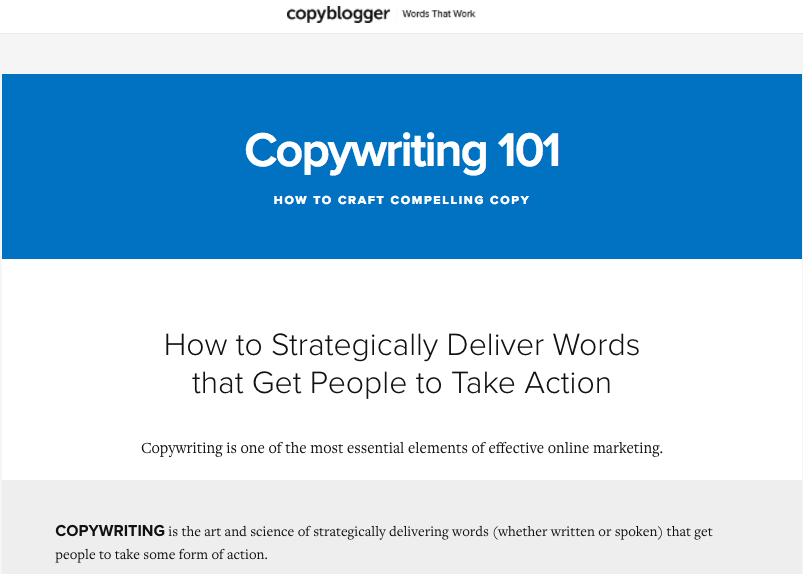
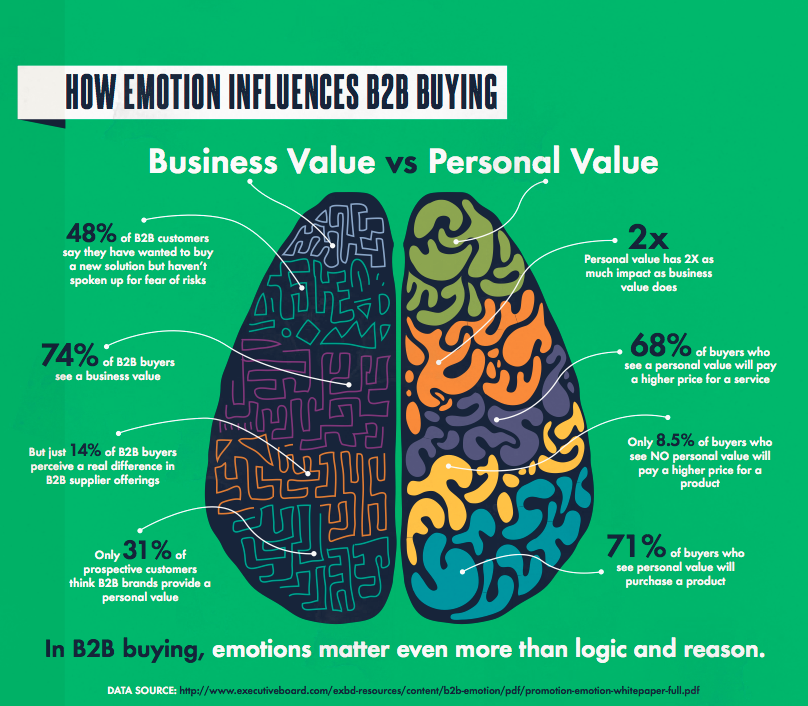
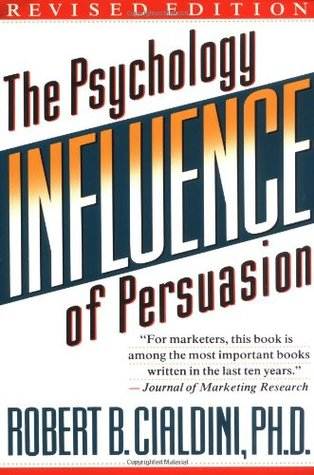
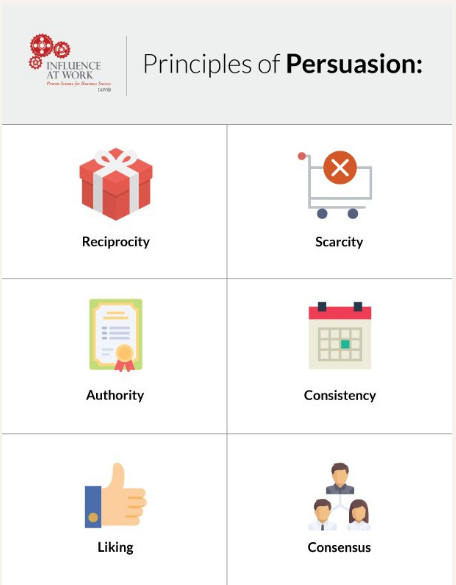
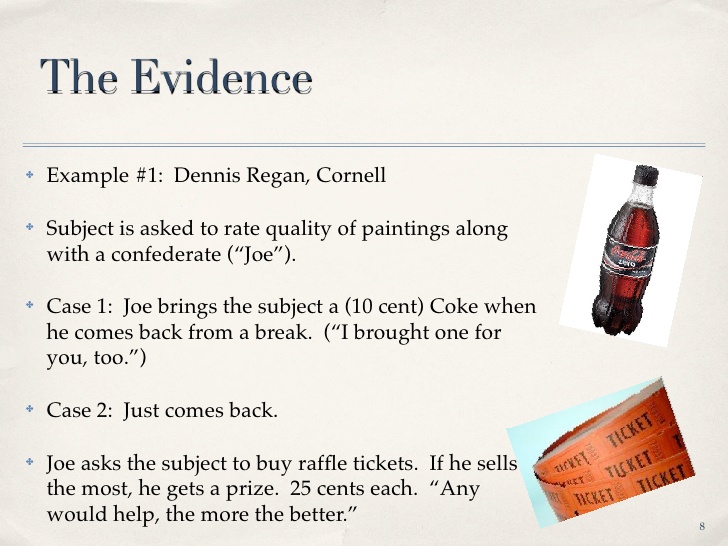
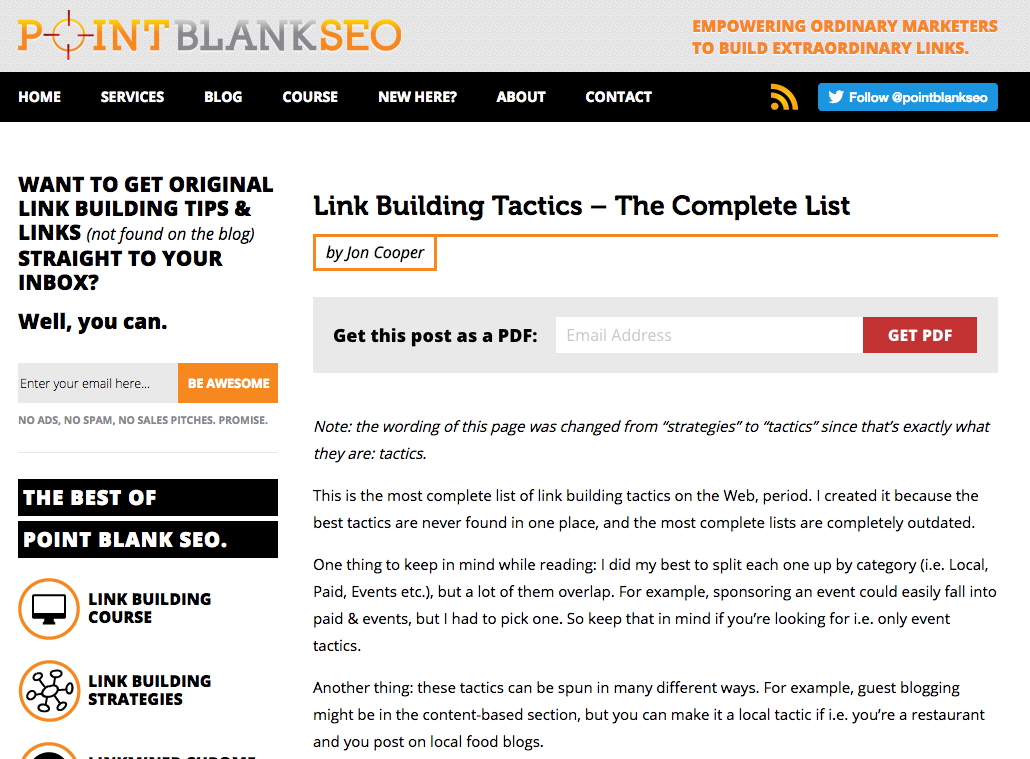
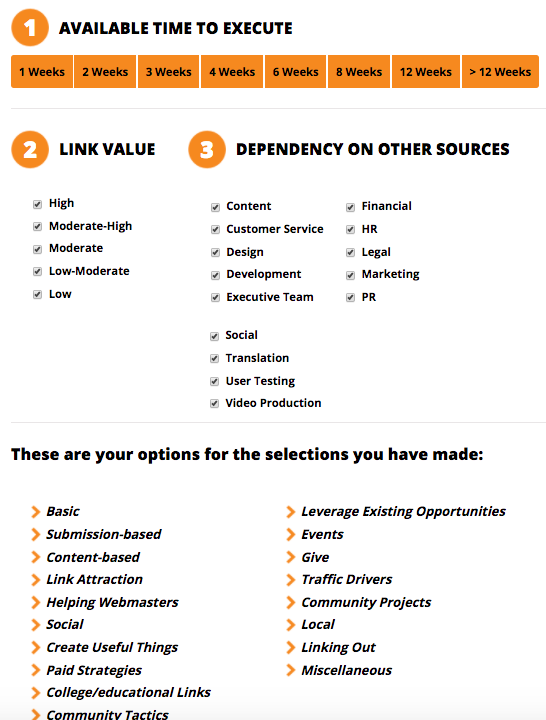
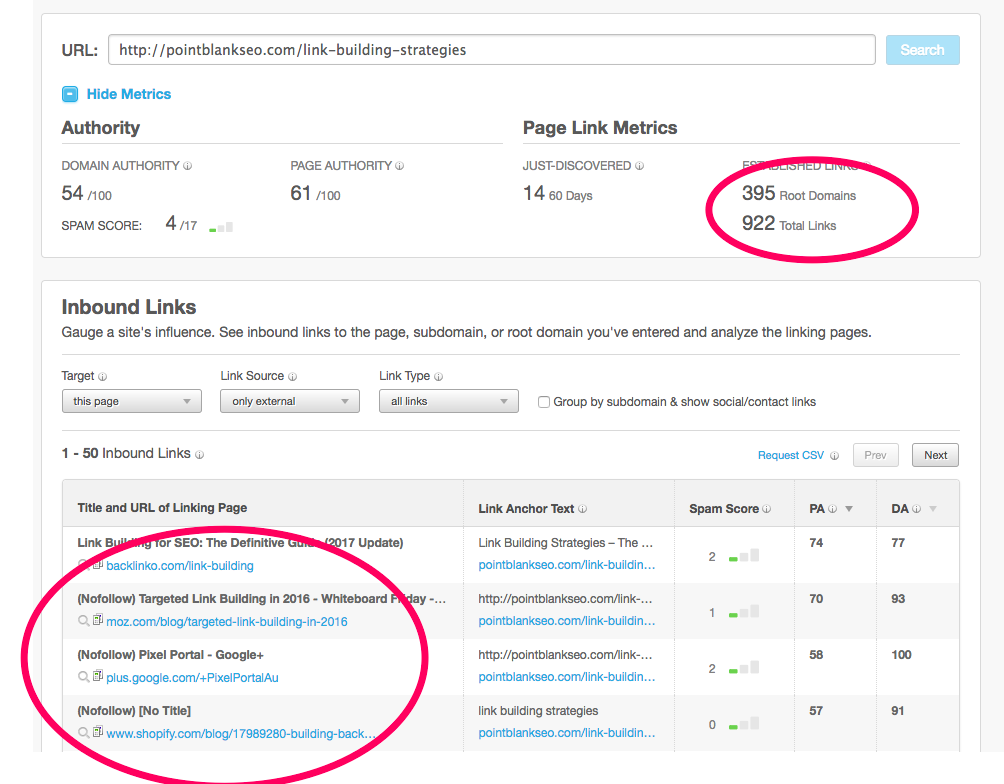

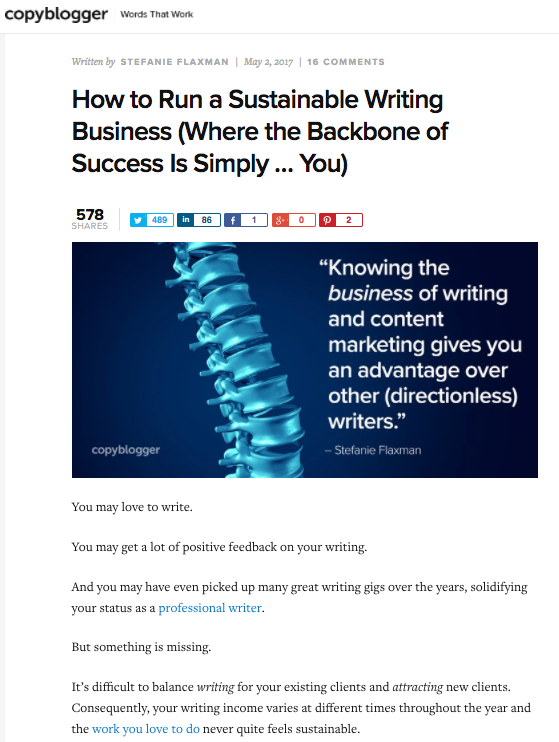
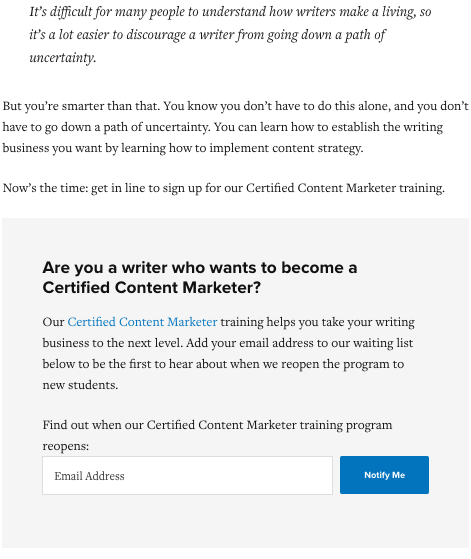
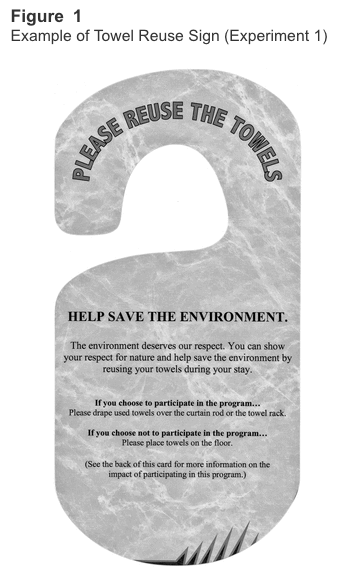
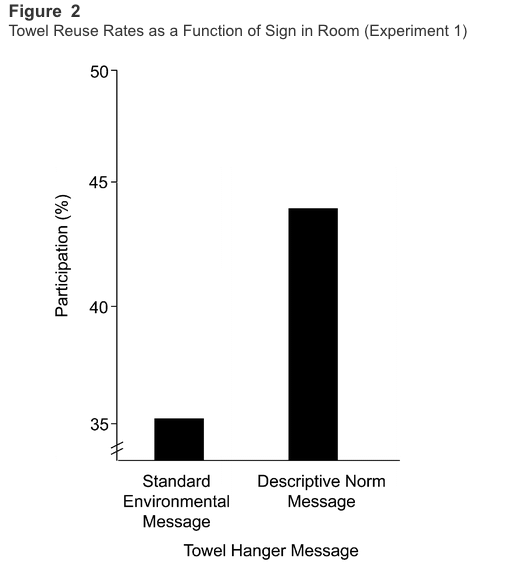
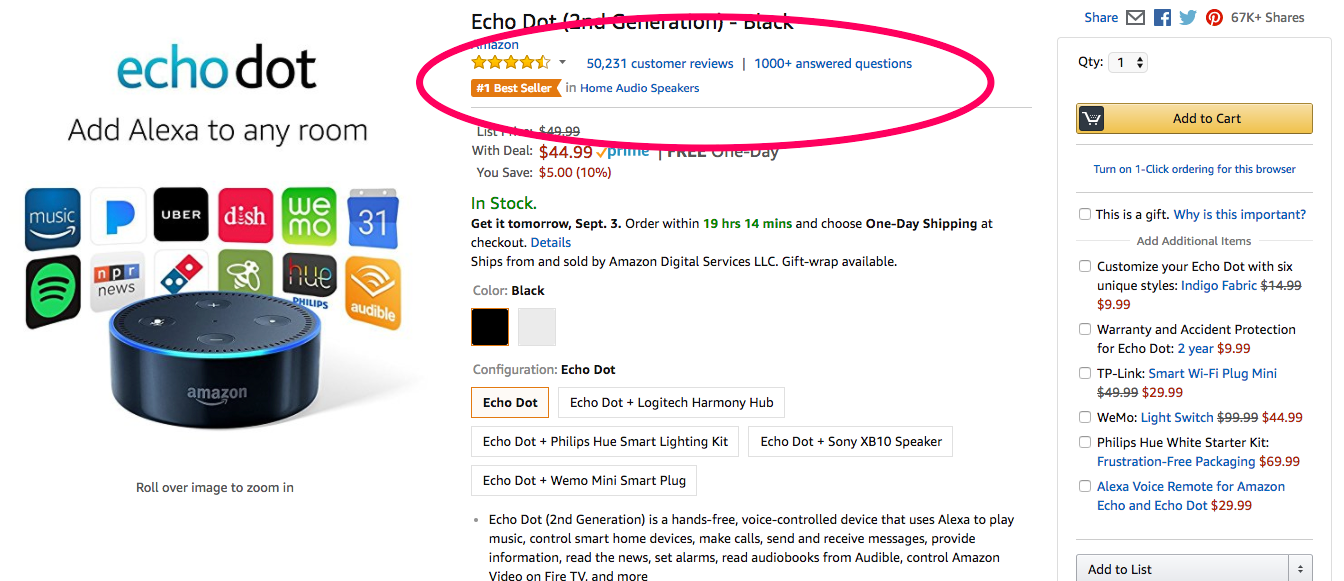



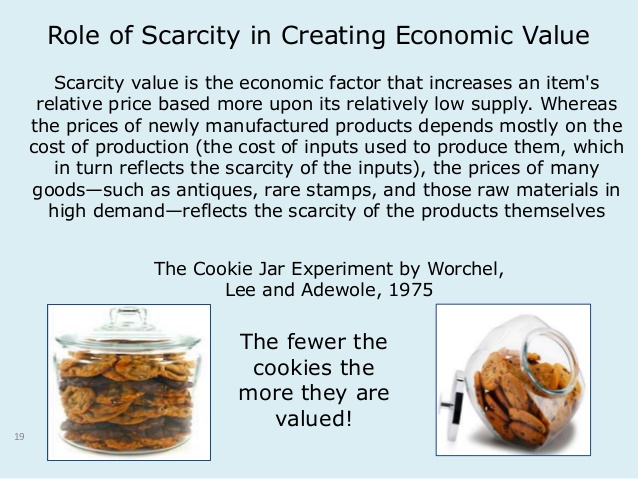



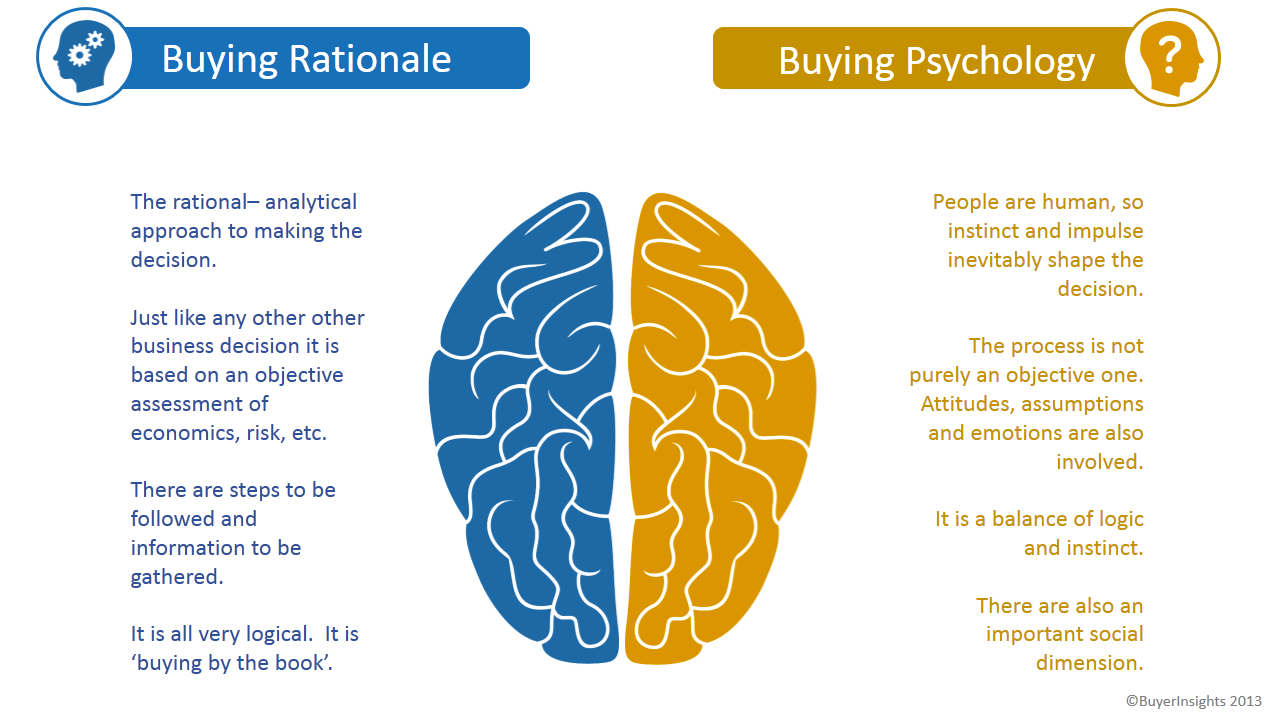
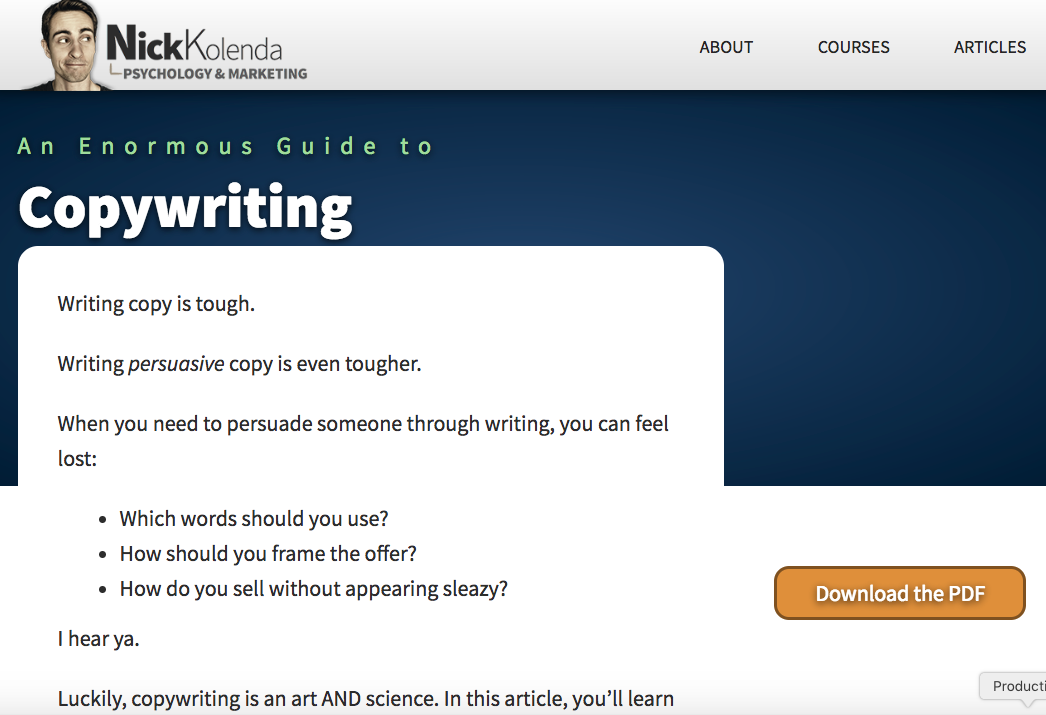
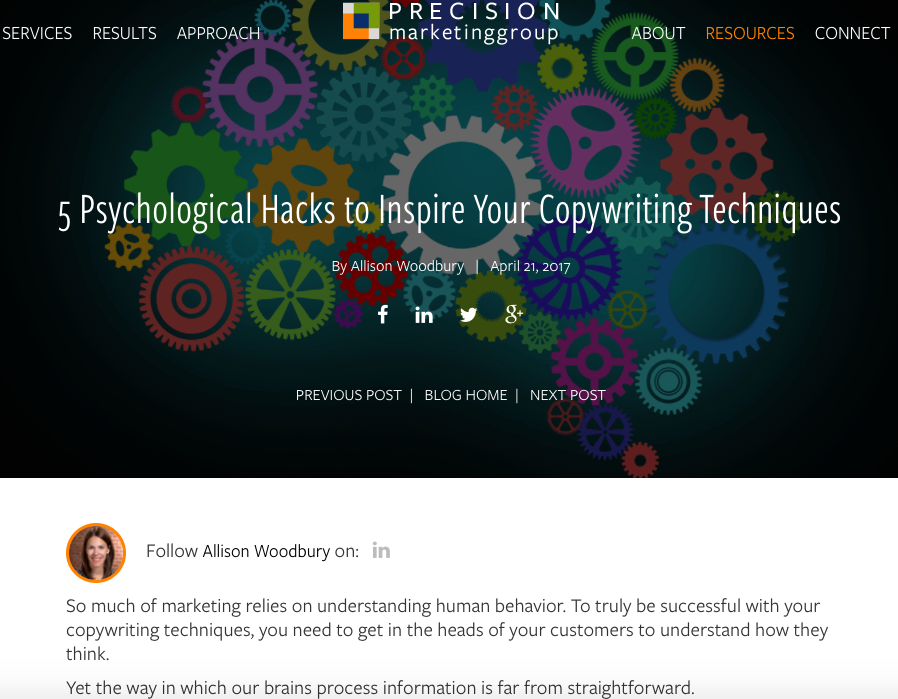
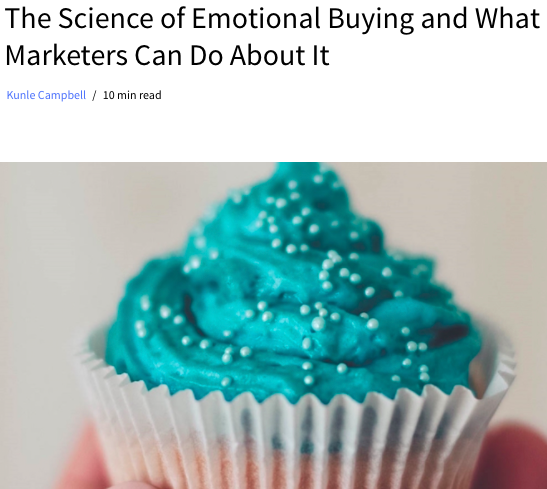
Comments (6)